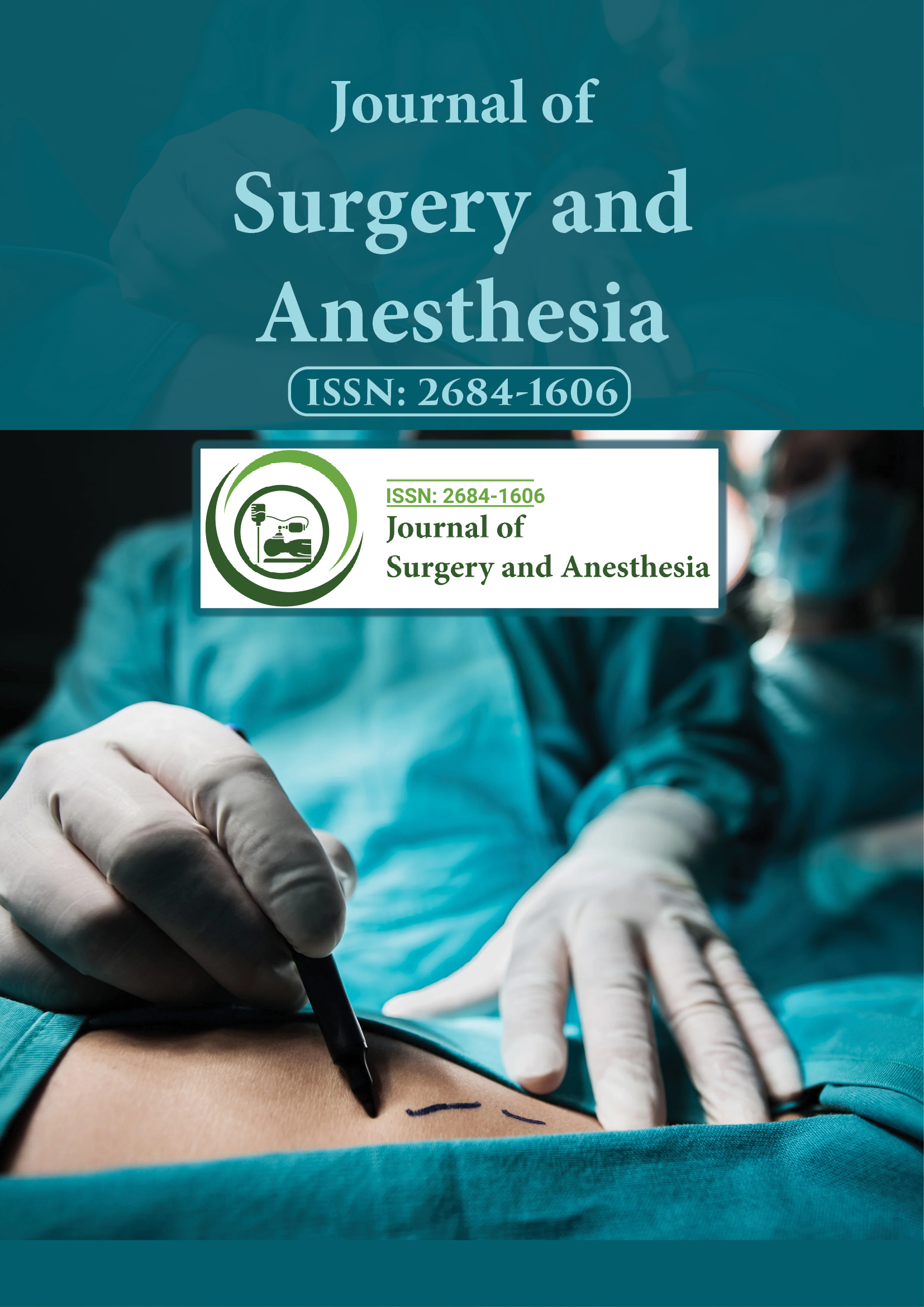Indexed In
- Google Scholar
Useful Links
Share This Page
Journal Flyer

Open Access Journals
- Agri and Aquaculture
- Biochemistry
- Bioinformatics & Systems Biology
- Business & Management
- Chemistry
- Clinical Sciences
- Engineering
- Food & Nutrition
- General Science
- Genetics & Molecular Biology
- Immunology & Microbiology
- Medical Sciences
- Neuroscience & Psychology
- Nursing & Health Care
- Pharmaceutical Sciences
Abstract
Subtenon Block with 1% Ropivacaine and 0.75% Bupivacaine for Cataract Surgery: A Randomized, Double-Blind Clinical Trial
Diego Campos da Rocha David, Denismar Borges de Miranda*, Marco Aurelio Soares Amorim, Adriana de Oliveira Cordeiro, Jose Fernando Bastos Folgosi, Larissa Goveia Moreira and Catia Sousa Goveia
Background: Cataract surgery is the most frequent operation performed in Ophthalmology, and the subtenon block is one of the executed modalities of regional anesthesia. This study aims to compare the quality of anesthesia between ropivacaine and racemic bupivacaine in the subtenon block for cataract surgeries with phacoemulsification technique.
Methods: Clinical trial, randomized and double-masked, comparing the quality of anesthesia of 1% ropivacaine (GR) and 0.75% racemic bupivacaine with epinephrine (GB) under subtenon block for cataract surgery. Sample with 64 patients, 32 randomly assigned to GR and 32 in GB. All blockages were performed with 5 mL solution added with 40 IU/mL hyalurunidase. Motor akinesia, intraocular pressure, ocular perfusion pressure, analgesia, sedation level and anthropometric characteristics were evaluated. Student’s t tests, chi-square (χ2) and Mann-Whitney U were applied to evaluate differences between the groups, with 5% significance level.
Results: No difference was found in the demographic and clinical baseline characteristics between the groups. Early satisfactory motor block (5 minutes) was observed in GR (p=0.035). Within 10 minutes, akinesia was found to be adequate in 84.3% of GR and only in 62.5% of GB (p=0.048). The GR showed lower latency and better motor akinesia compared to GB. Secondary outcomes with no difference between groups.
Conclusion: The subtenon block is effective for cataract surgery. 1% ropivacaine presented satisfactory motor akinesia in 10 minutes and lower latency when compared to bupivacaine 0.75%.
Published Date: 2021-10-07; Received Date: 2021-09-16
